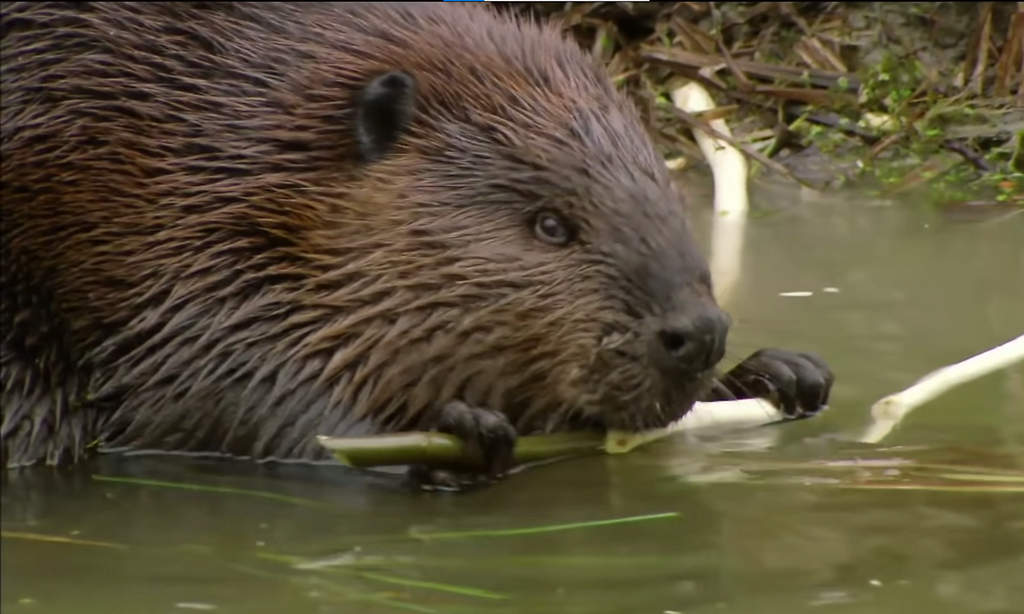Beaver Prevention - How To Keep Beavers Away From A Pond Or Stream

There are many animal species that can prove to be a nuisance when they move to urban and suburban areas, and while beavers will naturally prefer quiet areas well away from people, from time to time they will find themselves in areas where their behavior can cause a problem. Beavers are semi-aquatic animals that will spend much of their life in the water, and their dam building is the main issue as this can cause flooding in the areas where beavers are present. In urban areas this can lead to culverts and drainage pipes being blocked, and even in rural areas the flooding can have an impact on gardens and agricultural areas.
Protecting Culverts From Beavers
When it comes to culverts and water pipes, it is important to protect these from beavers, as flooding with waste water can be a particular hazard. The best method of doing this is to install an exclusion fence around the culvert itself, and when you use a wire mesh with quite wide spaces, this will usually allow all the fish and other animals through, but prevent the beaver from actually getting into the area directly around the culvert or the mouth of the pipe.
Keeping Beavers Away From A Pond
The natural instinct of a beaver is to build a dam in an area where it will have a constant flow of water, but they are adaptable creatures and where these areas aren’t available, then it can move into a pond or pool. There are certain ways of preventing this, and making sure there are no food sources available can help to achieve this. Beavers will naturally gnaw on tree trunks around ground level, so putting a protective cover over the tree trunks will not only remove the food source for the beavers, but will also prevent them from felling the tree, which they can do with smaller trees and saplings.
Protecting Streams From Beaver Damming Behavior
This is a little more challenging, as streams will often run over a longer stretch of land, and protecting it from beaver activity can be a little more difficult. One approach can be to widen the stream bed to try and ensure the water is flowing freely and that it is more difficult to build a dam is one approach. The other step that can be taken is to use a wire fence across the stream bed with spaces wide enough for fish to swim through, but that will keep beavers out, and this can be installed around the narrower areas of the stream that would be prone to beavers building a dam.
Removing Potential Beaver Food Sources
Beavers will usually eat wood and bark, and a few other plants, so one good approach here is to remove or protect the food sources around the areas of the stream or pond where they are present. The main food source for the beavers is tree bark, so one innovative approach is to coat the trunks of trees with a mix of latex paint and sand, which will keep the beavers away, while there are also hardened plastic sheaths available that can protect tree trunks.
Dealing With A Beaver Already Present
In some cases, the best intentions and efforts to prevent a beaver from damming a stream may be in vain, as they are resourceful creatures. In these instances, it is important to take prompt action to try and deal with the issue, and using a cage or briefcase trap to catch the animal is one good approach. You should then relocate the beaver in another aquatic environment at least ten miles away from the area where it is becoming a nuisance.
